
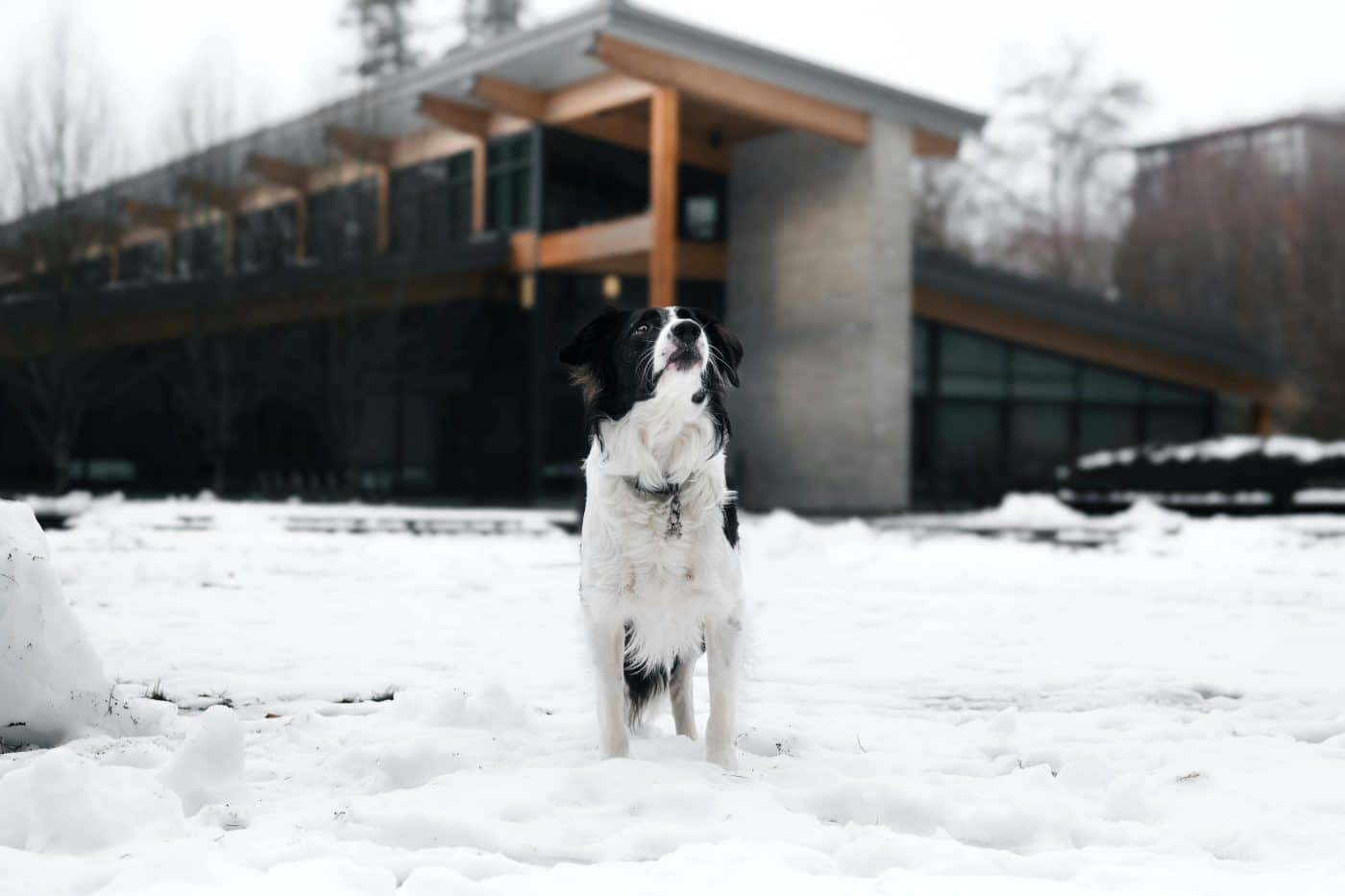
Dogs have been by our side for thousands of years, developing instincts that help them interact with the world around them. While certain breeds are known for specific abilities, all dogs possess remarkable instincts that guide them through life. Whether it’s sniffing out danger, herding animals, or detecting changes in their owner’s emotions, dogs rely on these instincts to protect, serve, and bond with humans. Their sharp senses and deep intuition make them one of the most instinctive and extraordinary creatures on the planet.
Scent Detection Abilities

Dogs have an incredibly refined sense of smell, which is thousands of times more powerful than that of humans. This powerful scent detection ability is why dogs can track lost people, detect drugs, or even identify certain health conditions like cancer and seizures. Their noses are built to gather scent molecules, giving them the ability to identify people, objects, and even the emotional state of those around them. Dogs’ noses are so precise that they can detect scents in parts per trillion, making them invaluable in many fields, from search and rescue to medical detection.
Herding Instincts

Many dogs, especially herding breeds like Border Collies and Australian Shepherds, have an instinct to herd. This behavior is often seen in the way they chase and corral other animals, including other pets or even humans. Herding is a deeply ingrained instinct for these dogs, and it comes from centuries of working with livestock. Even without formal training, these dogs will often instinctively gather their family members and keep them close, showcasing their natural desire to keep everyone together and safe.
Guarding and Protection Instincts
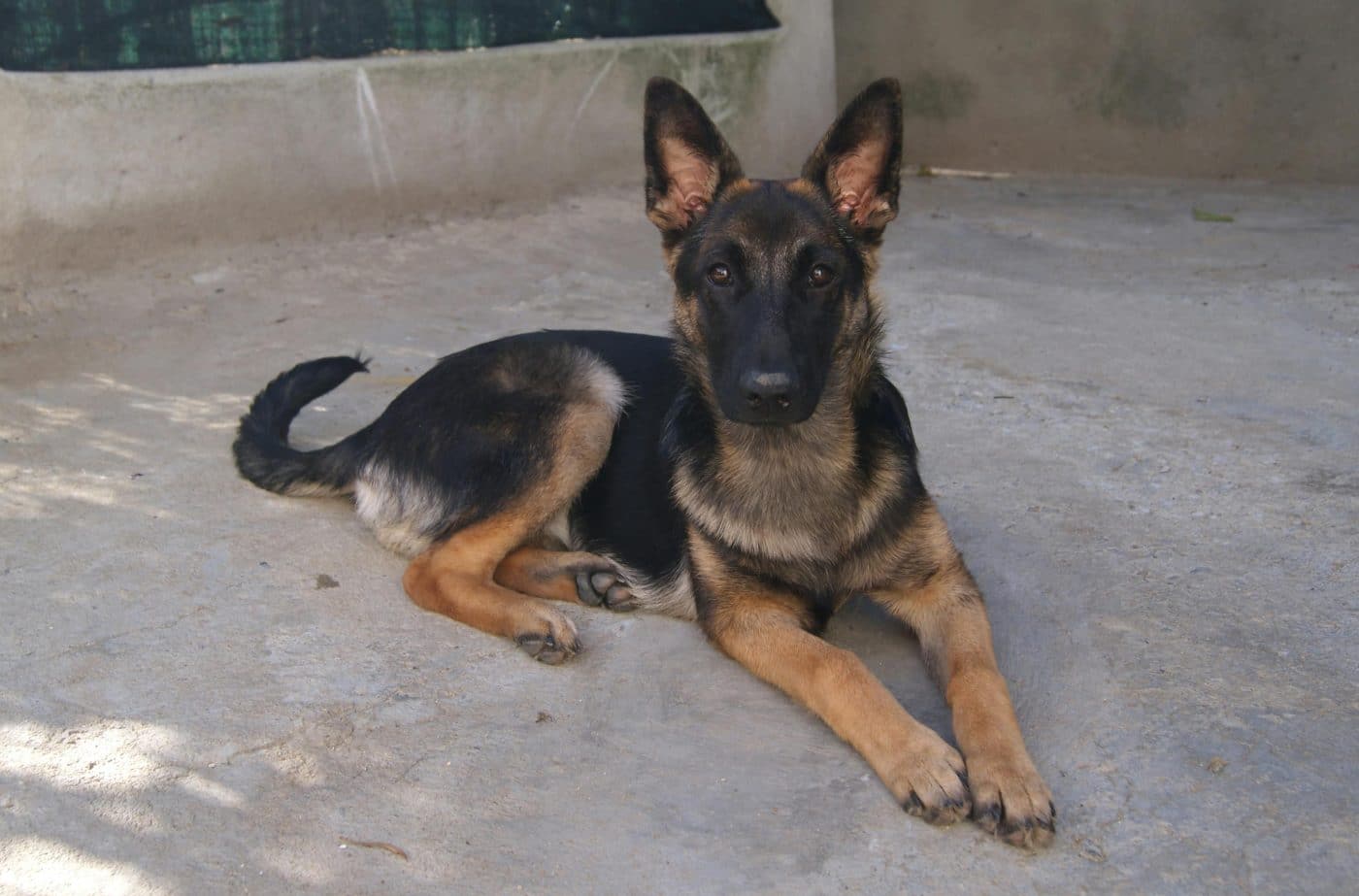
Dogs have an incredible instinct for protecting their home and family. Breeds like German Shepherds, Rottweilers, and Doberman Pinschers are well known for their guarding instincts, but all dogs have some level of protective behavior. Whether it’s barking at the doorbell, growling at a perceived threat, or positioning themselves between their owner and an intruder, dogs instinctively protect their pack. This instinct has been fine-tuned over generations of working dogs, as they’ve been bred to safeguard homes, livestock, and people from dangers.
Hunting Instincts
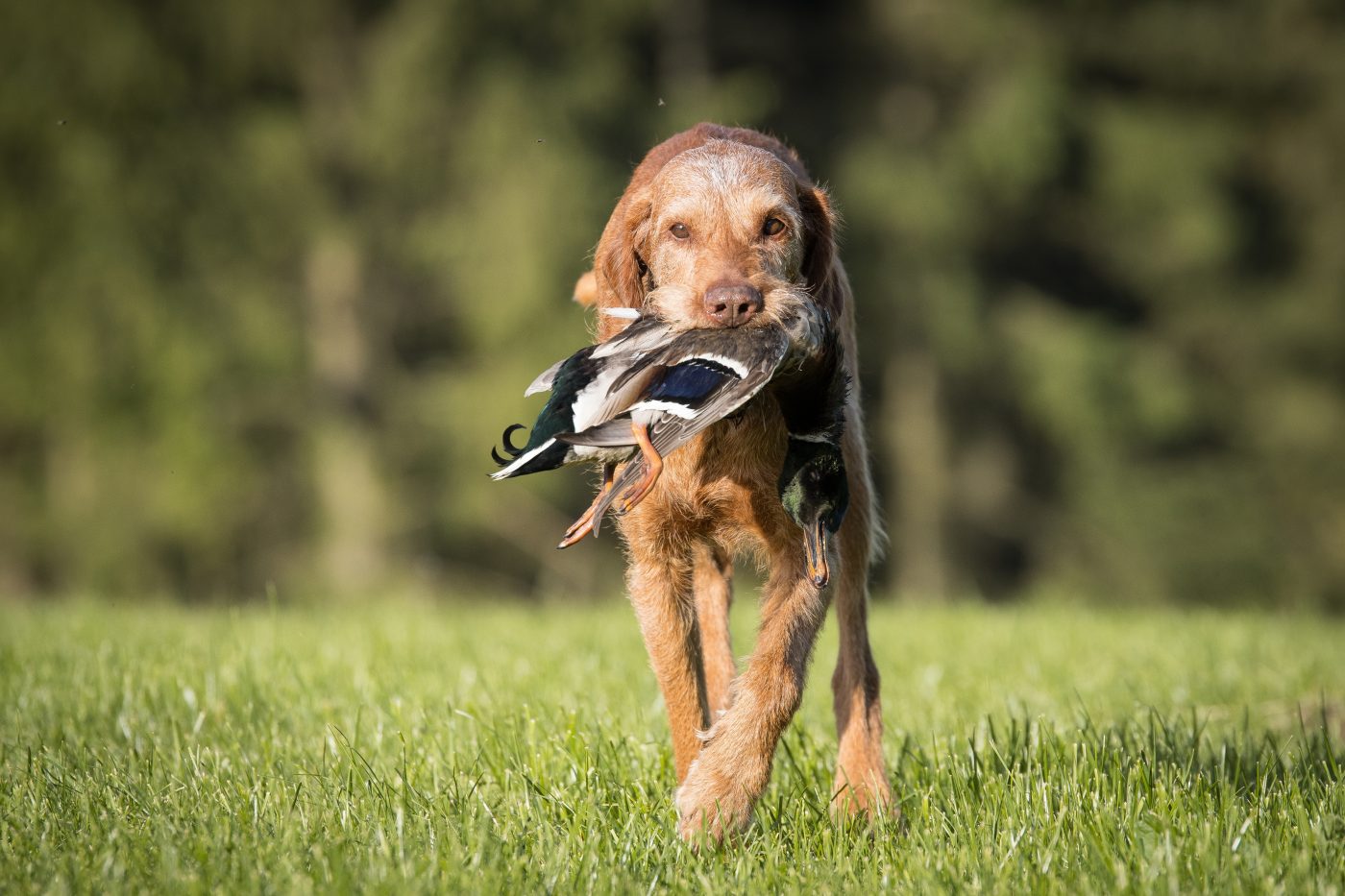
Hunting is one of the oldest instincts in dogs, particularly in breeds like the Labrador Retriever, Beagle, and Pointer. Even without formal training, many dogs will display their natural ability to hunt, whether they’re chasing after small animals or tracking down scents in the wild. Dogs have sharp eyesight and acute hearing, both of which aid them in locating prey. The drive to hunt is deeply rooted in dogs’ genetic makeup, and it’s something they will often display instinctively, whether in the field or the backyard.
Emotional Sensitivity
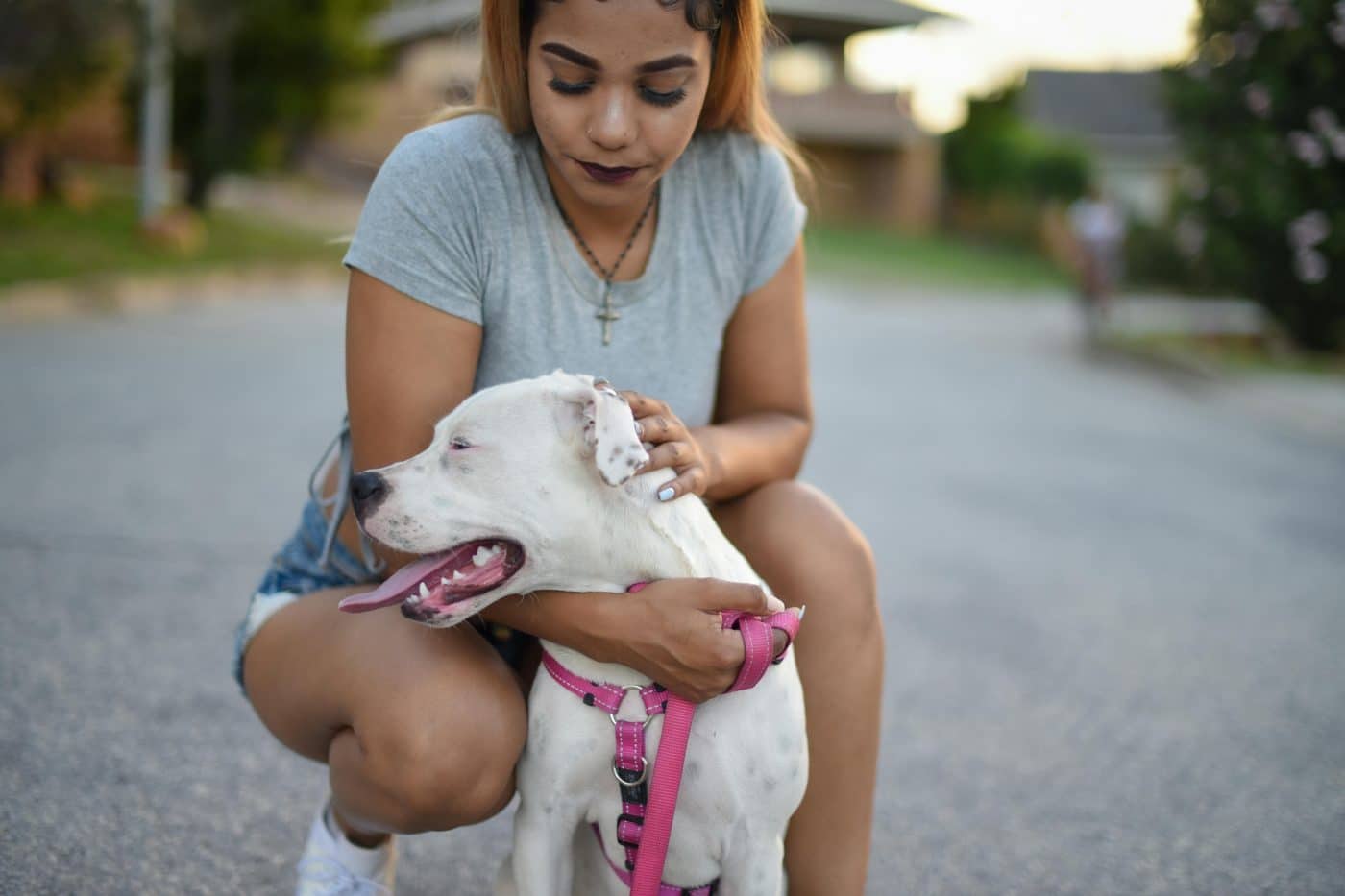
One of the most amazing instincts that dogs possess is their ability to sense human emotions. Dogs can often tell when their owners are sad, anxious, or stressed, and they respond accordingly. This emotional sensitivity allows dogs to offer comfort during times of distress, providing physical affection or simply staying close to their owners. Dogs’ ability to tune into human emotions is linked to their deep bond with humans, and it’s one of the reasons why they’re so often referred to as “man’s best friend.” Their empathetic nature allows them to be sensitive companions, providing emotional support when needed most.
Pack Mentality
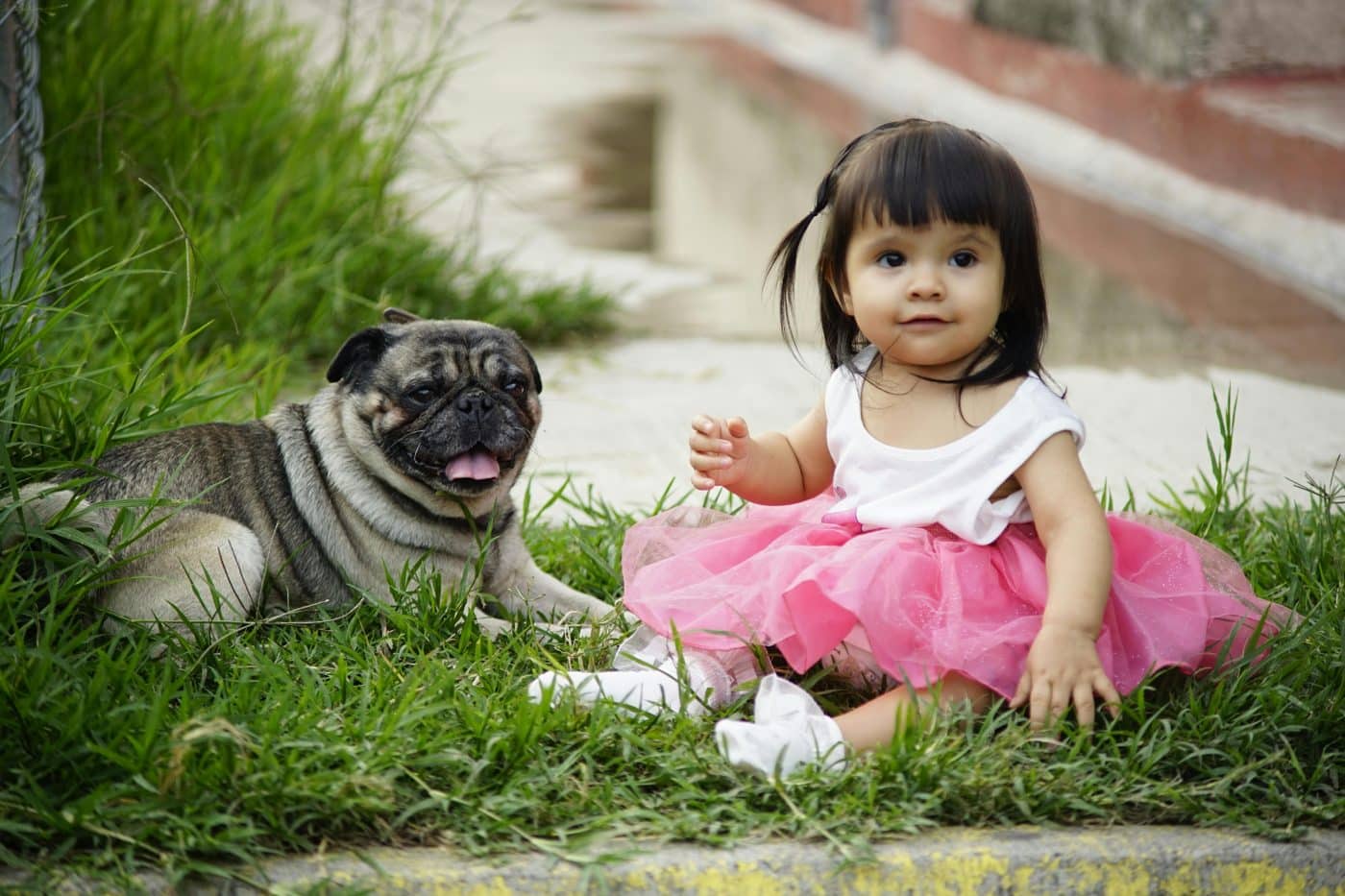
Dogs have an inherent pack mentality, which means they thrive in environments where there’s a strong sense of hierarchy and togetherness. This instinct is often seen in how dogs form close bonds with their human family members and other pets. Dogs view their family as their pack, and their instinct is to stay close, protect, and bond with each member. Whether it’s a family of humans, another dog, or even a cat, dogs will often display loyalty and devotion to their pack, showing a deep sense of connection that’s rooted in their evolutionary history.
Digging Instinct
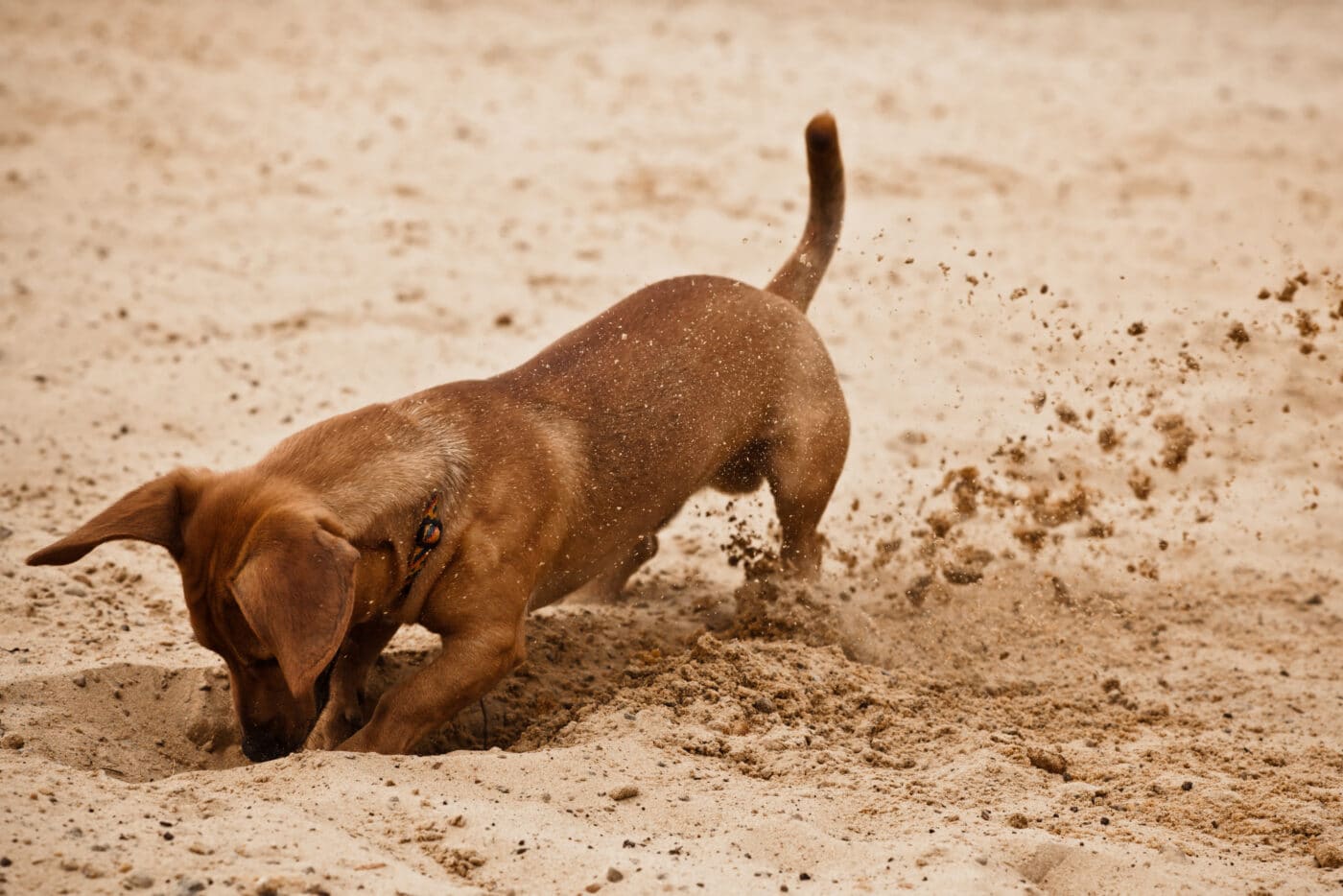
Digging is a behavior that many dog breeds, such as Terriers and Dachshunds, are known for. While digging can sometimes be seen as a destructive habit, it’s an instinct for many dogs. Dogs dig for several reasons, including creating a comfortable, cool resting spot, hiding food, or even creating a den for themselves. This digging instinct is deeply rooted in their ancestors’ survival tactics, as many wild dogs would dig to create shelter or protect themselves from predators. While domestic dogs no longer need to dig for survival, the instinct remains strong in many breeds.
Fetching and Retrieving Instincts

Many dogs, particularly retriever breeds like the Golden Retriever and Labrador, have an instinct to fetch and retrieve objects. This behavior is linked to their historical role as hunting companions, where they were trained to retrieve game for their owners. Even without training, many dogs will instinctively fetch sticks, balls, or toys and bring them back to their owners. The desire to chase, retrieve, and bring things back is a deeply ingrained instinct in these breeds, showcasing their drive to work with humans and fulfill their roles as helpers.
Sleeping in Protective Positions
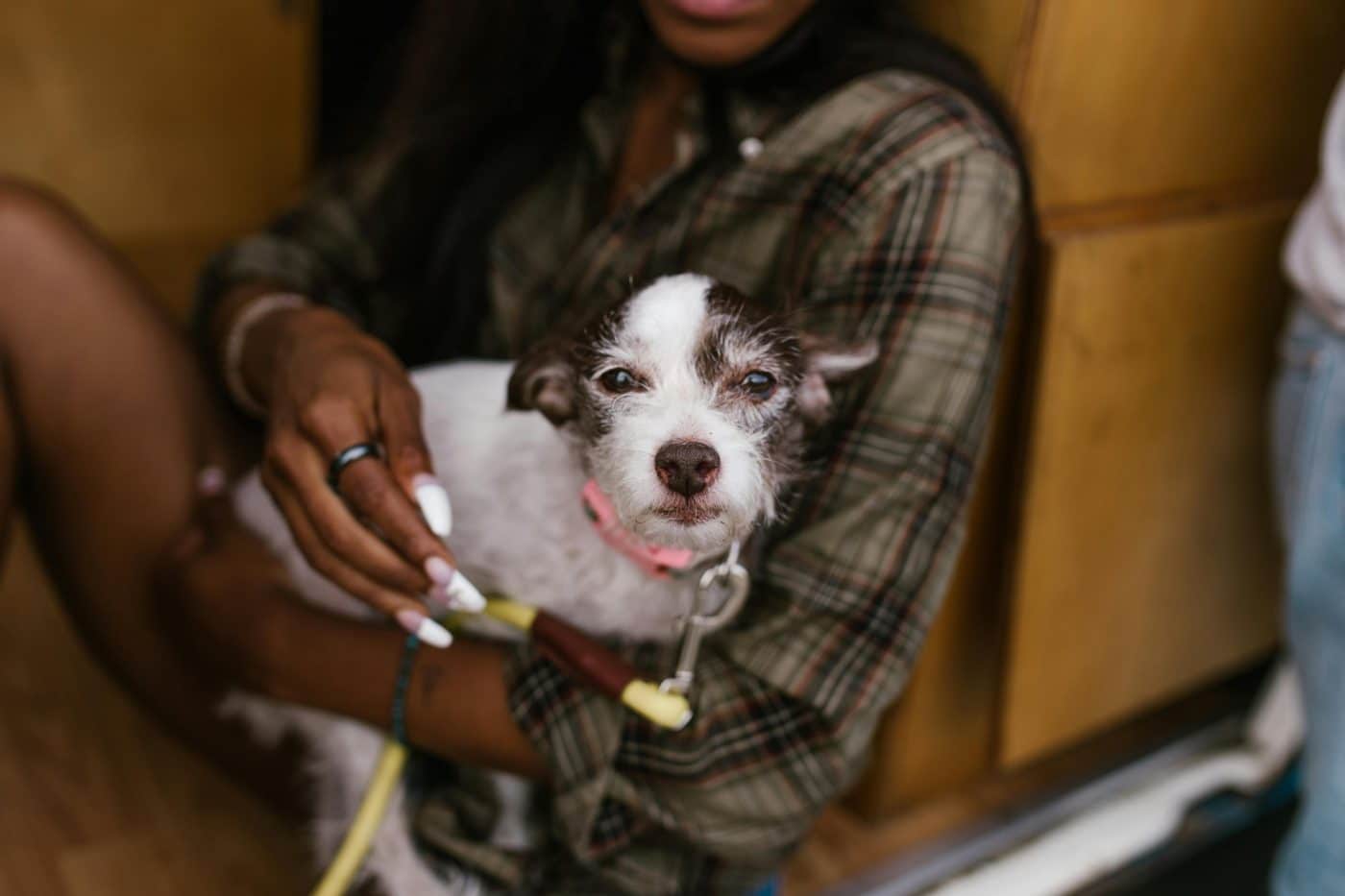
Dogs instinctively seek out positions that allow them to keep watch over their environment while they sleep. Many dogs, particularly those with guarding instincts, will position themselves in ways that allow them to monitor the room and protect their family. Some dogs will sleep near doors or windows, while others may curl up in a tight ball, ready to spring into action if they sense danger. This instinctive behavior is tied to their need to protect their pack, even when they are resting.
Barking as a Communication Tool

Barking is one of the most instinctive behaviors in dogs, and they use it as a form of communication. Dogs bark to alert their owners to potential danger, signal their need for attention, or even simply to express excitement. Different breeds have different barking styles, but the behavior is universally understood as a way for dogs to communicate their needs or concerns. Whether they’re warning you about an intruder or letting you know it’s time for a walk, barking is a fundamental instinct that dogs use daily.
Instinct to Follow and Serve
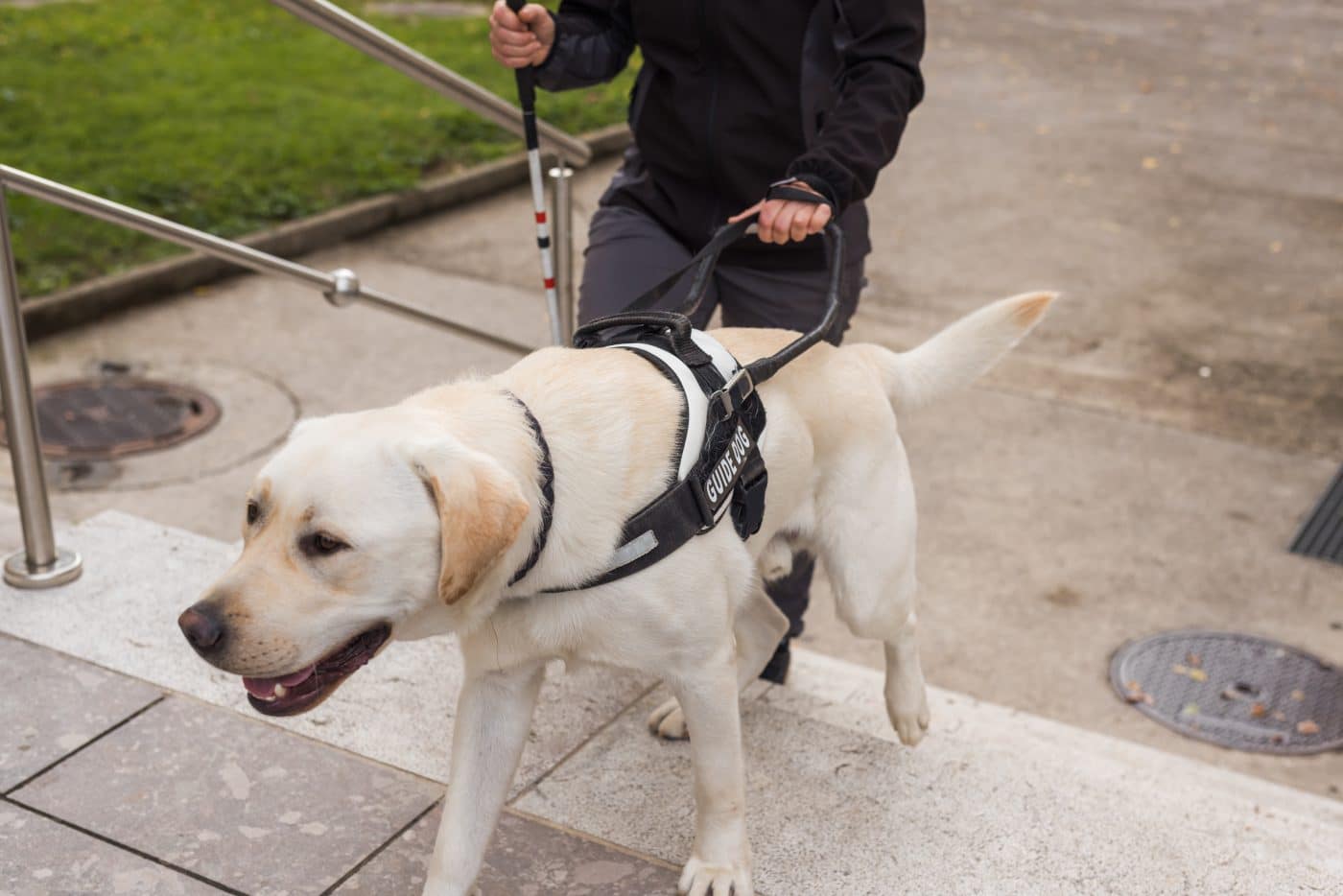
Dogs have an incredible instinct to follow and serve their owners. Whether it’s guiding the blind, herding animals, or simply staying by their side, dogs often feel a deep need to be near their human family members. This desire to serve is particularly strong in certain breeds like German Shepherds and Golden Retrievers, who have been bred to work alongside humans in various capacities. Their loyalty and willingness to follow their owners are rooted in their instincts to protect and assist.
Navigating Using Their Senses

Dogs have an incredible ability to navigate their surroundings using their acute senses. They rely heavily on their sense of smell, sight, and hearing to understand the environment around them, helping them find their way home, locate food, or avoid danger. Dogs have been shown to have an innate ability to map out their surroundings, often returning to familiar places without guidance. Their sense of direction is guided by their instincts, allowing them to find their way even in unfamiliar or challenging conditions.
Instinct to Bond with Humans
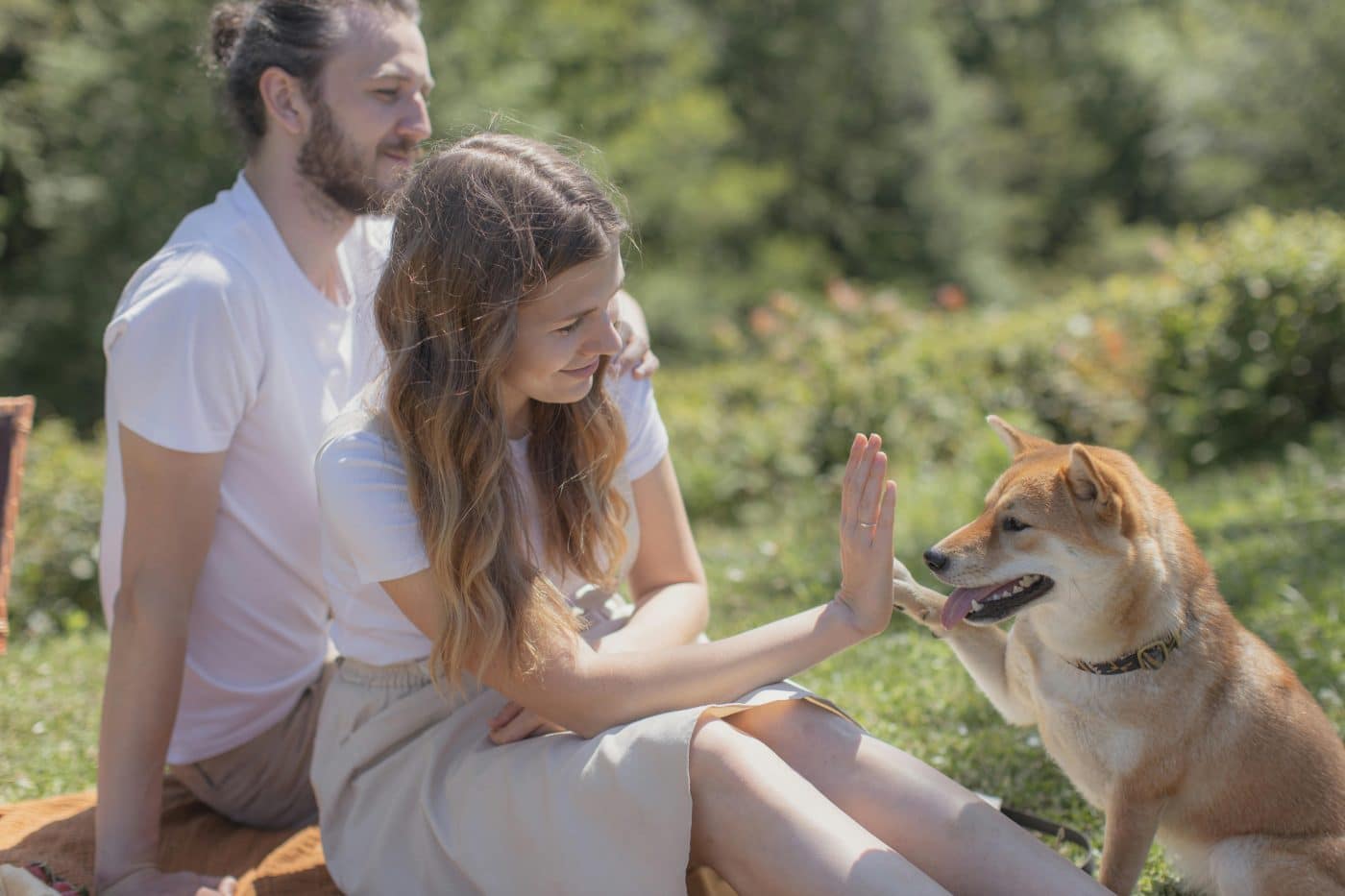
The instinct to bond with humans is one of the strongest traits in domesticated dogs. From the moment they are born, dogs are designed to bond with their human caregivers, and this bond only deepens as they grow. Dogs are highly social animals, and their instincts push them to form deep connections with their owners. This natural desire for companionship and love is one of the reasons why dogs have become so integral to human society. The deep connection dogs feel with their humans is rooted in their instincts to form tight-knit packs and be loyal to their families.
The Instincts That Make Dogs Unbeatable

Dogs are natural cuddle monsters, and their instinct to stay close to their humans means you might never have personal space again. These lovable creatures are known to invade your lap, bed, and even bathroom, demanding constant attention and affection. While their instincts to bond with you are heartwarming, be prepared for a lifetime of snuggles, licks, and paws in your face. So, if you’re not a fan of personal space, get ready for a doggy invasion that’ll fill your heart with love—and maybe a bit of chaos!
The post 13 Ways Dogs Show They Have Instincts That Can’t Be Beat appeared first on iHeartDogs.com.
